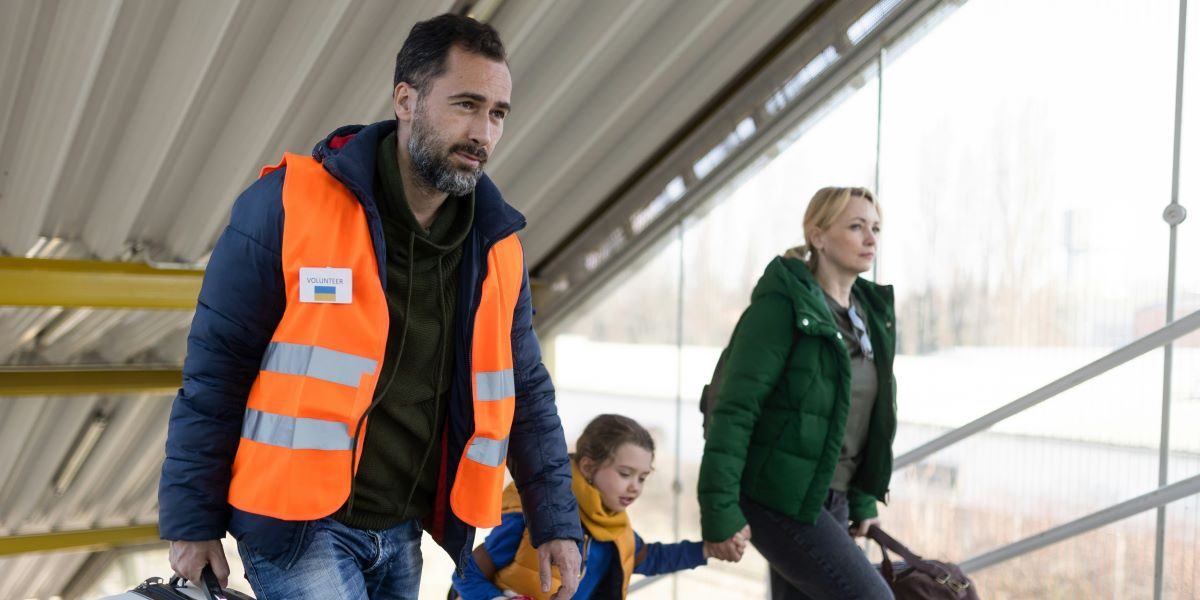Experiencing a ship crash incident is an overwhelming and potentially life-threatening situation that demands calm and swift action. Knowing how to react quickly can significantly improve chances of survival and minimize harm. While the unpredictability of such events can create panic, understanding key steps to take during a ship crash helps individuals prepare mentally and physically to face the emergency effectively.
Read also: Understanding the Fundamentals of Color Correction for Video
Understanding the Importance of Immediate Response
The moments following a ship crash are critical. Rapid decision-making and action can prevent chaos and save lives. A sudden impact or collision may cause structural damage, flooding, or fires onboard, making it essential for passengers and crew to remain alert and responsive. The natural instinct might be to panic, but controlling emotions and focusing on clear priorities helps navigate the crisis safely.
An immediate response involves recognizing the nature of the incident, locating safety equipment, and following instructions from crew members. Awareness of the ship’s layout and safety procedures plays a vital role in enabling a quick reaction. When emergencies arise without warning, knowing what to do can reduce confusion and ensure more orderly evacuations.
Identifying and Using Safety Equipment Effectively
A key factor in reacting swiftly during a ship crash incident is understanding where and how to access safety equipment. Life jackets, lifeboats, and emergency signaling devices are standard provisions on most vessels. Promptly donning a life jacket is often the first critical step. Passengers should be familiar with its proper fit and function before emergencies occur, as hesitation or mistakes in putting it on can lead to dangerous delays.
Knowing the nearest exits and emergency stations is equally important. Many ships conduct safety drills to educate passengers on evacuation routes and muster points. Paying close attention during these drills ensures that individuals can move quickly and confidently during a real incident. The ability to locate and board lifeboats efficiently can make the difference between survival and tragedy.
In addition to physical equipment, communication devices such as emergency radios or signaling tools should be used if available. Alerting rescue teams early increases the likelihood of timely assistance. When safety equipment is limited or conditions are harsh, improvisation guided by training and calm judgment becomes essential.
Maintaining Composure and Following Crew Instructions
During a ship crash, crew members are trained to manage the situation and assist passengers. Listening carefully and following their instructions can streamline rescue efforts. Panic can cause accidents or block emergency exits, so maintaining composure is a crucial element of an effective response.
The crew typically has established protocols for different types of incidents, including flooding, fire, or collision. Trusting their expertise and cooperating fully helps maintain order. Clear communication among passengers also contributes to collective safety, as helping others while staying focused can prevent injuries.
In moments of crisis, keeping a clear head aids in decision-making. It enables individuals to assess risks, avoid hazardous areas, and prioritize vulnerable passengers such as children or elderly individuals. Calmness also supports energy conservation, which is vital if rescue operations take time.
Read also: Mastering Advanced Color Grading Techniques for Cinema
Preparing Mentally and Physically for Emergencies
Preparation before a ship journey enhances the ability to react quickly if a crash occurs. Understanding safety briefings, reviewing evacuation plans, and identifying emergency exits contribute to readiness. Staying physically alert and minimizing distractions onboard ensures that passengers can respond without delay.
Mental preparation involves accepting the possibility of emergencies and rehearsing potential actions. Visualizing steps such as putting on a life jacket or moving to muster stations helps reduce hesitation. Being proactive about learning safety measures fosters confidence, which is essential during high-stress incidents.
Physical fitness also influences survival chances. A moderate level of strength and stamina helps individuals navigate obstacles and assist others if needed. Avoiding alcohol or substances that impair judgment during voyages supports quick thinking and effective reactions.
Overall, quick reaction during a ship crash incident depends on a combination of preparedness, awareness, and controlled behavior. While the unpredictability of maritime emergencies can never be eliminated, adopting these approaches maximizes safety and resilience.
















